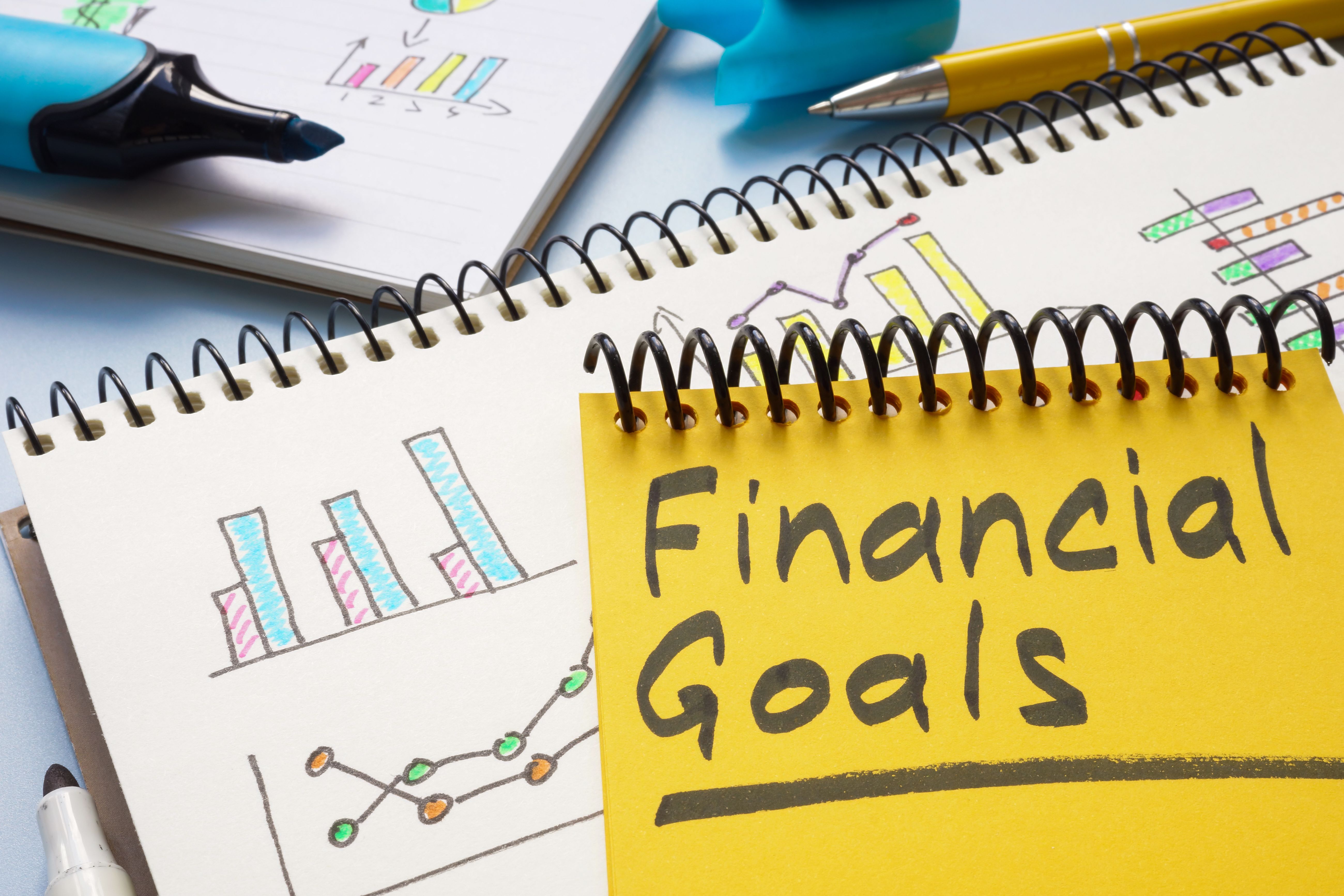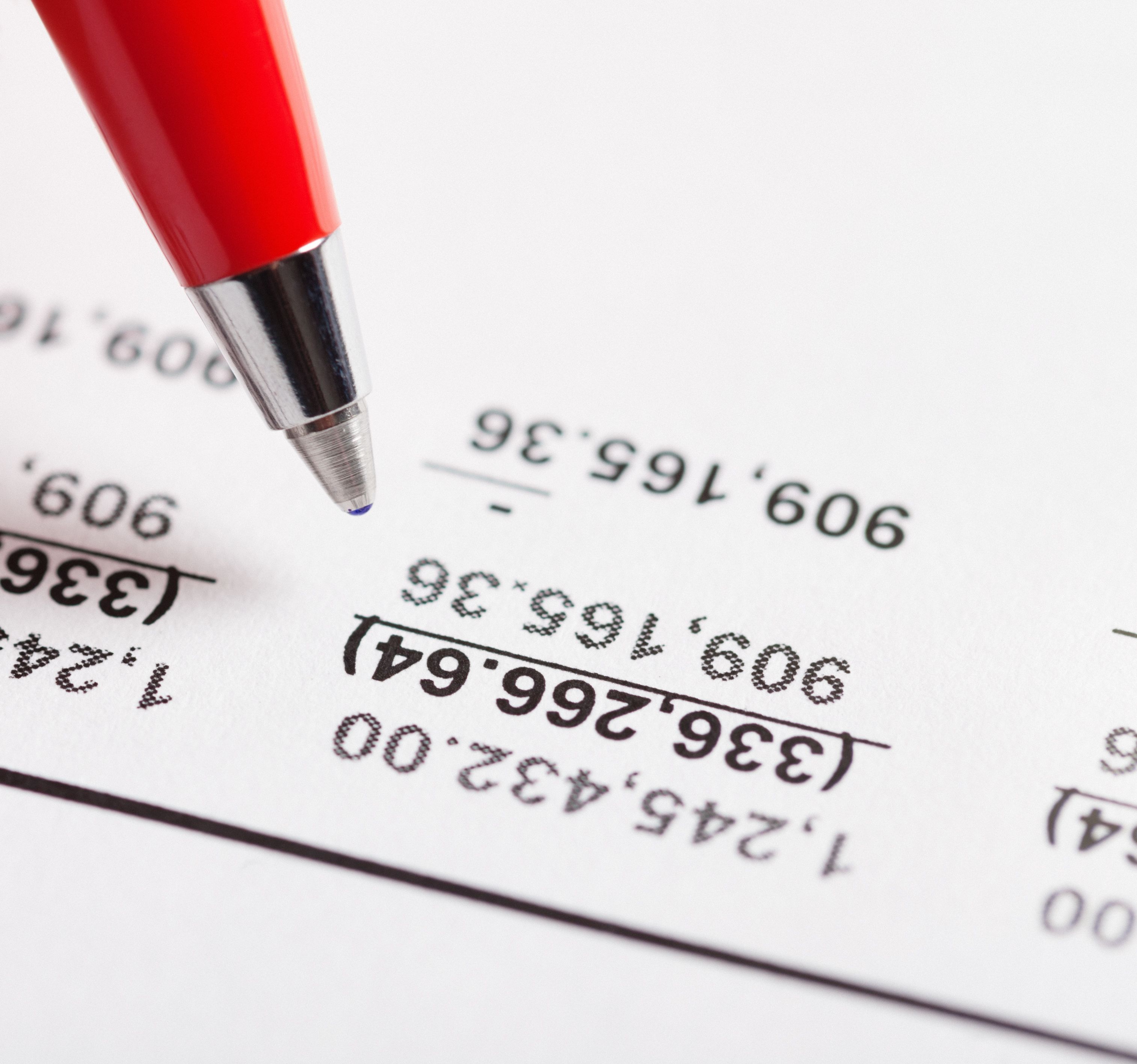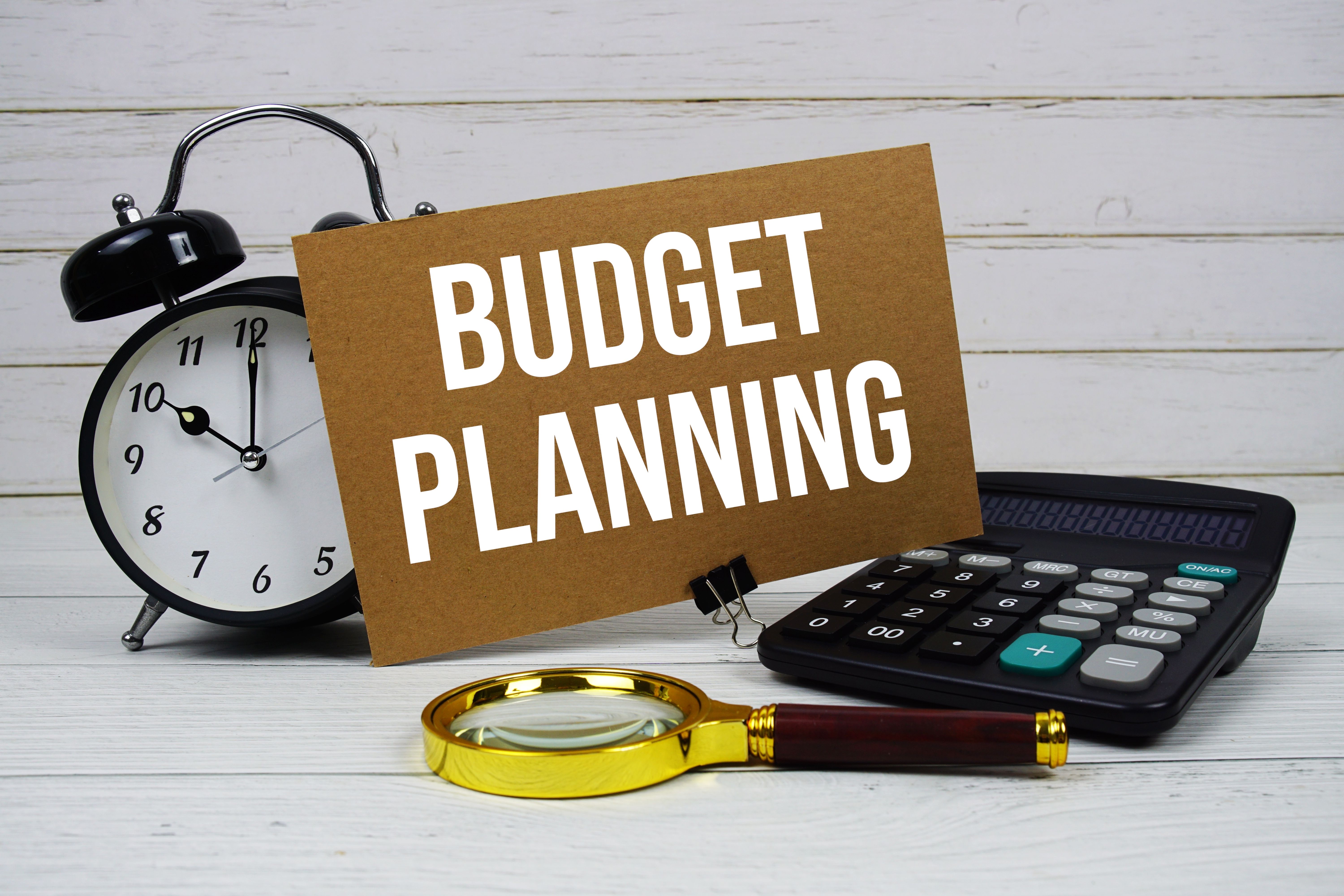Crafting a Personal Budget: A Step-by-Step Guide
Introduction to Personal Budgeting
Creating a personal budget is a crucial step towards achieving financial stability and reaching your financial goals. Whether you're saving for a vacation, paying off debt, or just trying to manage day-to-day expenses better, a well-crafted budget can be your guiding light. In this guide, we'll walk you through the essential steps to build a budget that works for you.

Assessing Your Financial Situation
Before diving into budget creation, it's essential to have a clear understanding of your current financial situation. Start by listing all sources of income, including your salary, freelance work, or any other revenue streams. Be honest with yourself about your spending habits and take note of any recurring expenses.
Track Your Expenses
One effective way to get a handle on your spending is to track your expenses for a month. Categorize your expenses into fixed and variable costs. Fixed costs include rent or mortgage, utilities, and insurance, while variable costs cover groceries, entertainment, and dining out. This exercise will provide a clear picture of where your money is going each month.

Setting Financial Goals
Once you have a grasp on your financial situation, it's time to set some financial goals. These goals will help guide your budgeting decisions. Consider both short-term objectives like building an emergency fund and long-term goals such as saving for retirement or purchasing a home.
Prioritize Your Goals
Not all financial goals can be achieved simultaneously, so it's important to prioritize them. Determine which goals are most important and time-sensitive. By focusing on what's most critical, you'll be able to allocate resources more effectively.

Creating Your Budget
With a clear understanding of your finances and goals, you're ready to create your budget. Start by listing all sources of income at the top of your budget sheet. Then, allocate funds to each expense category based on your tracking exercise and prioritized goals.
Choose a Budgeting Method
There are several budgeting methods to choose from, including the 50/30/20 rule, zero-based budgeting, and envelope system. Each has its own advantages, so choose the one that aligns best with your lifestyle and financial objectives. Whichever method you select, ensure it allows you to cover essentials, pay down debt, and save for the future.

Monitoring and Adjusting Your Budget
A budget is not a one-time setup; it's an evolving plan that requires regular review and adjustments. Set aside time each month to review your budget and compare actual spending against planned expenses. This will help you identify areas where you can cut back or need to allocate more resources.
Stay Flexible
Life is full of unexpected changes, so it's important to remain flexible with your budget. Adjust categories as needed to accommodate changes in income or expenses. Staying adaptable ensures that your budget remains a valuable tool in managing your finances effectively.
By following these steps, you'll be well on your way to crafting a personal budget that supports your financial well-being and helps you achieve your goals. Remember, the key to successful budgeting is consistency and a willingness to adapt as your financial situation evolves.